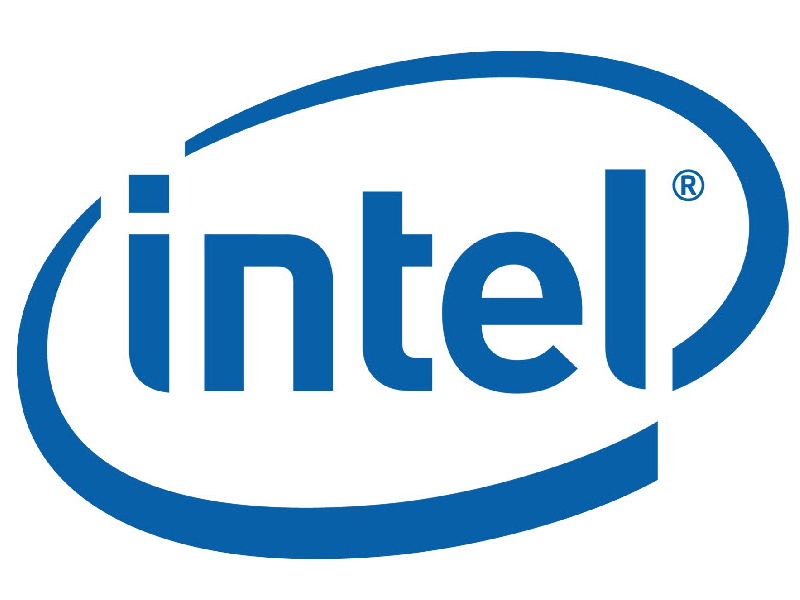2014 an Important Year for Intel's Smartphone Plans
2014 looks to be an important year for Intel's smartphone plans.
Unnamed sources in the upstream supply chain claim that Intel is considering leaving the smartphone market in 2015 if it continues to see weak demand in 2014. More specifically, these sources say that Intel is evaluating whether the company should cease in spending resources on its handset business, as Intel hasn't seen any significant improvements over the past several years.
According to the report, Lenovo is no longer using Intel's processors in phones, which if true could be a huge blow considering Lenovo's overwhelming presence in China, not to mention its new ownership of Motorola Mobility. Because of this, sources say Intel will have to look elsewhere for business to be able to maintain its shipments for 2014.
Luckily, Intel has Asus in its corner, who is using Intel's chips in the ZenFone series smartphones. These will be launched in March, targeting China and the Southeast Asia markets. They are expected to cost $99 for the 4-inch model, $149 for the 5-inch model and $199 for the 6-inch model.
Some of the devices currently on the market with Intel inside include Lenovo's K900, Motorola's RAZR I, the Acer Liquid C1, the Asus FonePad, and a number of others. Looking ahead, the company is expected to release its Android-compatible Merrifield-based dual-core Atom chip at Mobile World Congress 2014 next month. This 22 nm platform will also include NXP's PN547 NFC component and the XMM 7160 LTE component, allowing Intel to better compete with Qualcomm.
After that, Intel is expected to release its 14 nm Moorefield platform in the second half of 2014 and its 14 nm Morganfield platform in the first half of 2015. That said, it looks like Intel isn't going anywhere in regards to the smartphone sector despite what the upstream sources claim.
When asked about the report, an Intel representative told Tom's that the company does not comment on rumor and speculation. We also asked Asus for feedback, and so far we have not received a response.
Get Tom's Hardware's best news and in-depth reviews, straight to your inbox.

Kevin Parrish has over a decade of experience as a writer, editor, and product tester. His work focused on computer hardware, networking equipment, smartphones, tablets, gaming consoles, and other internet-connected devices. His work has appeared in Tom's Hardware, Tom's Guide, Maximum PC, Digital Trends, Android Authority, How-To Geek, Lifewire, and others.
-
jkhoward I am glad to read this article. Intel has been bullish for a long time now and deserves to lose their throne.Reply -
jkhoward I am glad to read this article. Intel has been bullish for a long time now and deserves to lose their throne.Reply -
sykozis Intel is far from being in danger of losing their "throne"....Reply
Intel would probably have more luck, if the were phones containing their processors sold in more countries. You can't focus solely on "emerging markets" and expect to grow appreciable market share. I'd love to have a WP8 or Android phone with an Intel processor, if they were available in the US through normal channels. -
sivaseemakurthi I don't think its true unless they are having very difficult time integrating the modem onto the SOC! They just showed their roadmap till 2015 in analyst day. Intel has no option but to make phones to be relevant in mobile market. And they HAVE to make tablets since they are replacing PCs.Reply -
natoco All they have to do is stick to what they are good at, cpus. The customers want more processing power while using less power be it server, desktop or laptop, with a gpu stuck in some models, remember giving customers you have what they want makes money. If they continued to increase processing power instead of concentrating on a saturated phone market eventually all phone manufactures would come to them since they have the expertise in producing very powerful cpus. The reason for thinking like this, well phones are getting more powerful every year and the crossover point is on the horizon where phones and pc's cross. That's when intel should use all its experience in the cpu field to come in and scoop up the business, not before. How much power does a phone really need? is there a limit? noReply
